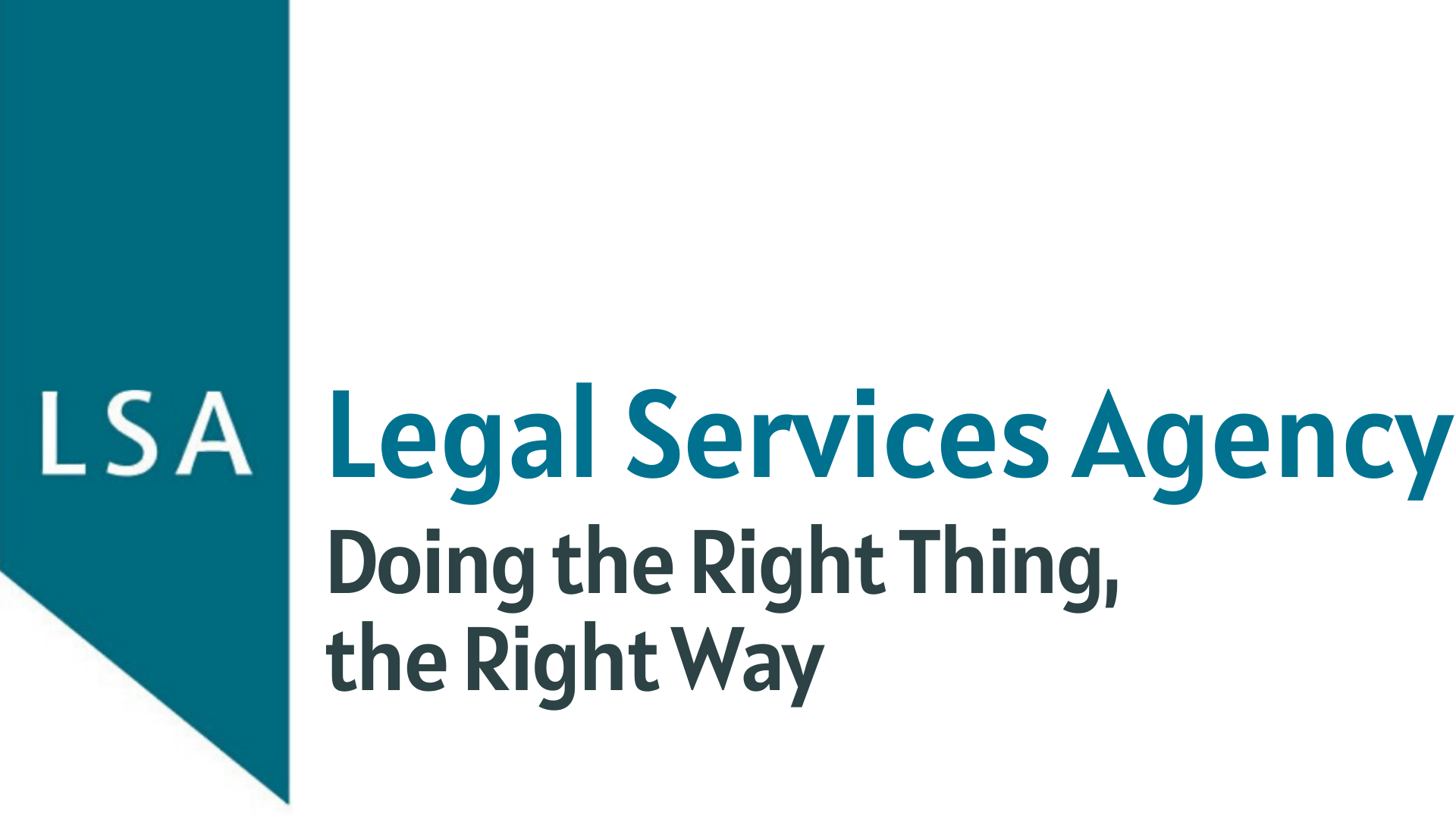05 October 2022
Community activism and the story of Scottish law centres – Article by Mike Dailly, Govan Law Centre
SCOTLAND’s law centre history is a remarkable story. And it’s a Glasgow story.
I met Paul Brown, Principal Solicitor at Legal Services Agency (LSA) at Sartis – an old favourite for many a Glaswegian. Paul retired from LSA on Friday after putting in a 42-year shift as a law centre solicitor.
I wanted to capture and share some of his insights over those decades, as well as thank him for his remarkable and pioneering work that has helped so many people across Scotland and beyond.
We started where it began for Scottish law centres: Castlemilk, 1979. The only law centre in Scotland back then.
As Paul explained: “I remember where the reasonableness eviction defence came from when I was at Castlemilk Law Centre. The Tenants’ Rights, Etc. (Scotland) Act 1980 had just given tenants new rights. Security of tenure was introduced to stop local authorities evicting people exercising their right to buy”.
“I phoned advocate Jonathan Mitchell in the early 1980’s and said we’re getting all these people coming in with secure tenancies facing eviction what can we do? He explained the reasonableness defence”.
“No-one else had identified that you could defend rent arrears and anti-social behaviour cases on the grounds of reasonableness. It hadn’t occurred to anyone in Scotland and the reason Jonathan knew about it was he’d studied English private sector law where people did indeed use reasonableness as a defence”.
The very first written note of defence in a Scottish eviction case came from Paul appearing at Glasgow Sheriff Court before Sheriff Kenneth Mitchell. The sheriff told him if you’re going to talk so long you might as well do a written note of defence within 14 days. The rest was history – including recalling evictions decrees.
“It all began with people in Castlemilk coming in saying this is an injustice, is there a remedy? It was making the connection between someone who knew about it and getting on with it. At that time the sheriff clerk stood at the door of the court saying go and see the housing department as it was thought there was no defence in rent arrears cases”.
Scottish law centres emerged from the Glasgow and Clydeside community activism that can be traced to the First World War and rent strikes across the city. It was non-lawyer, community activists who demanded their working-class communities get their own lawyers. And it was Glasgow City council who were prepared to fund them, even although they’d act for tenants against them.
In the 1980’s Paul wrote “Dampness and the Law” with Angus McIntosh from Castlemilk Law Centre. He explained to me that when the Clean Air Act provisions came into force in Glasgow many landlords in the 1970s removed coal fires and didn’t put in any other form of heating.
In 1979 energy prices shot up dramatically with a drop in the supply of oil following the Iranian revolution. Back then it was costing tenants £20 a week to heat their home and no-one could afford that. Glasgow law centres would go on to pursue litigation to get homes insulated and central heating systems installed.
In November 1989, Paul left Castlemilk to head up LSA – Scotland’s second law centre above a fish and chip shop in Glasgow’s Fox Street. He hit the ground running thanks to the close relationship with the Technical Services Agency – community activists and architects – who were on his board.
Paul explained how the new law centre was an instant success: “What launched LSA to the public was we won a condensation dampness claim for child asthma against the council and the Daily Record did a two-page spread about it in November 1989. That and working closely with the Glasgow tenant’s rights movement meant we immediately had more work than we could manage”.
He reminds me how Scottish homeowners never used to be able to defend mortgage repossessions: “I had met a housing lawyer in London and he was gobsmacked that Scotland had no defence for eviction of homeowners with mortgage arrears. I talked to Jim Gray at Drumchapel Law Centre, who wrote to the Scottish Minister and she wrote back unsympathetically and you wrote an article about it”.
This led to a Scottish law centres campaign with the former MSP Cathie Craigie introducing a member’s bill that was passed in 2001 to change the law.
For Paul, the future for Scottish law centres will be successful so long as they retain their fundamental principles and relationships with communities and local activists: “We need to stop adverse childhood experience; stop the threat of eviction; stop domestic violence”.
He believes law centres have an essential part to play in helping make Scotland a better country. Meeting the unmet legal needs of local communities and protecting people better.
Mike Dailly
Solicitor Advocate & Principal Solicitor
Govan Law Centre
